Ancient Egypt was a civilization of ancient Northeastern Africa, concentrated along the lower reaches of the Nile River.

Image source: https://www.livescience.com/14525-spots-tut-burial-rushed.html
How long did the reign of Ancient Egypt lasted? How was subdivided?
From its unification around 3100 B.C. to its conquest by Alexander the Great in 332 B.C., for almost 30 centuries, Ancient Egypt was considered the preeminent civilization in the Mediterranean world. Compared to the beauty of its art, its architecture, and its religious traditions, Egyptian culture had few equals.
The history of ancient Egypt is subdivided according to the following periods:
- PREDYNASTIC PERIOD (C. 5000-3100 B.C.)
- ARCHAIC (EARLY DYNASTIC) PERIOD (C. 3100-2686 B.C.)
- OLD KINGDOM: AGE OF THE PYRAMID BUILDERS (C. 2686-2181 B.C.)
- FIRST INTERMEDIATE PERIOD (C. 2181-2055 B.C.)
- MIDDLE KINGDOM: 12TH DYNASTY (C. 2055-1786 B.C.)
- SECOND INTERMEDIATE PERIOD (C. 1786-1567 B.C.)
- NEW KINGDOM (C. 1567-1085 B.C.)
- THIRD INTERMEDIATE PERIOD (C. 1085-664 B.C.)
- FROM THE LATE PERIOD TO ALEXANDER’S CONQUEST (C.664-332 B.C.)
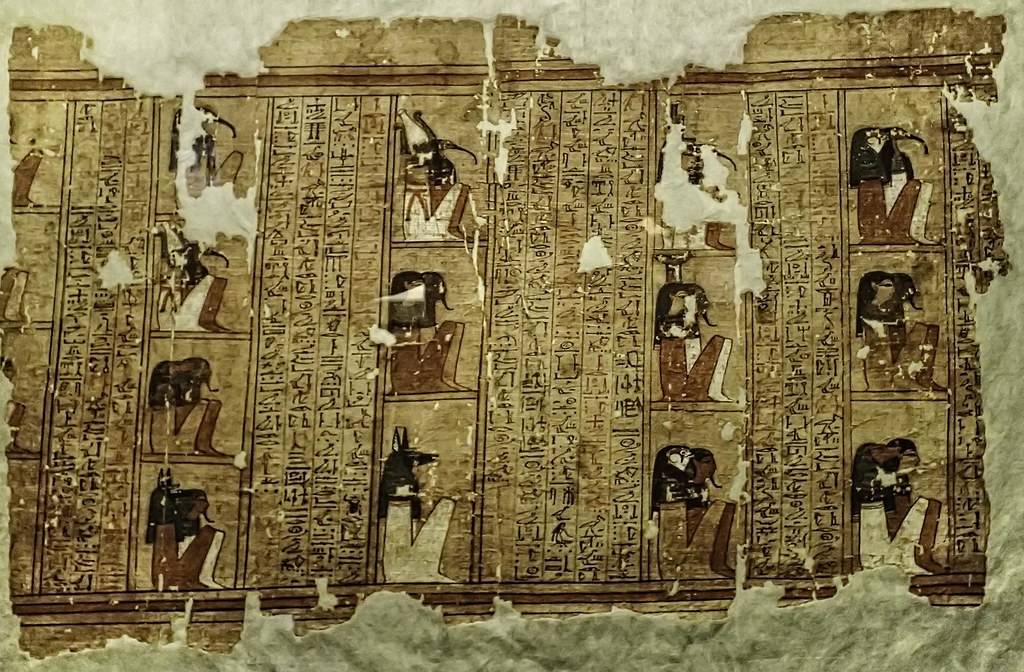
Image source: https://search.creativecommons.org/photos/9d1016b1-76ab-44a2-bcec-b79d2c7bdf2e by mharrsch
What is Silt? Why was important?
Silt particles are fine and dusty, smaller than individual grains of sand, and larger than individual clay particles. Silt provides a fertile breeding ground and improves water retention and air circulation.
The ancient Egyptians used fine silt to grow crops along the banks of the Nile River and in the Nile Delta. Annual monsoons in mountainous Ethiopia to the south caused flooding downstream and the Egyptians relied on this annual cycle to replenish the fertile soil needed for their crops, these floods deposited mineral-rich silt along the banks of the Nile and the delta north. The main crops were spelled and barley for beer and bread, and flax for the production of linen.

Image source:https://search.creativecommons.org/photos/65ec56c7-c367-4ba5-b503-3fc406c8d71a by ninahale
Which were the most influential Pharaohs of Egyptian history?
The most influential Pharaohs in Egyptian history were:
- Ramses II:
He is the third Egyptian pharaoh belonging to the 19th dynasty. Considered to be the most influential pharaoh of the Egyptian kingdom. He built many temples and defeated the Hittites. His beautiful queen was Nefertari. He died at the age of 92.

Image source: https://search.creativecommons.org/photos/8d352e0d-3c01-4d0f-ba4b-3a7915b1f7f9 by Charlie Phillips
Image source: https://search.creativecommons.org/photos/3b1a6f6f-4503-4039-bb42-584e2572b9cd by Olaf Tausch
- Akhenaten:
He is the pharaoh who belongs to the 18th dynasty, known for his religious ideas. When Akhenaten ruled Egypt, he preferred the worship of only one god that is Aten (the Sun God), in conflict with the polytheistic religion of the Egyptians.
- Tutankhamun:
He is a pharaoh who belongs to the 18th dynasty and became ruler of Egypt at a young age. His time in power was short. King Tut is one of the leading figures in ancient Egypt.
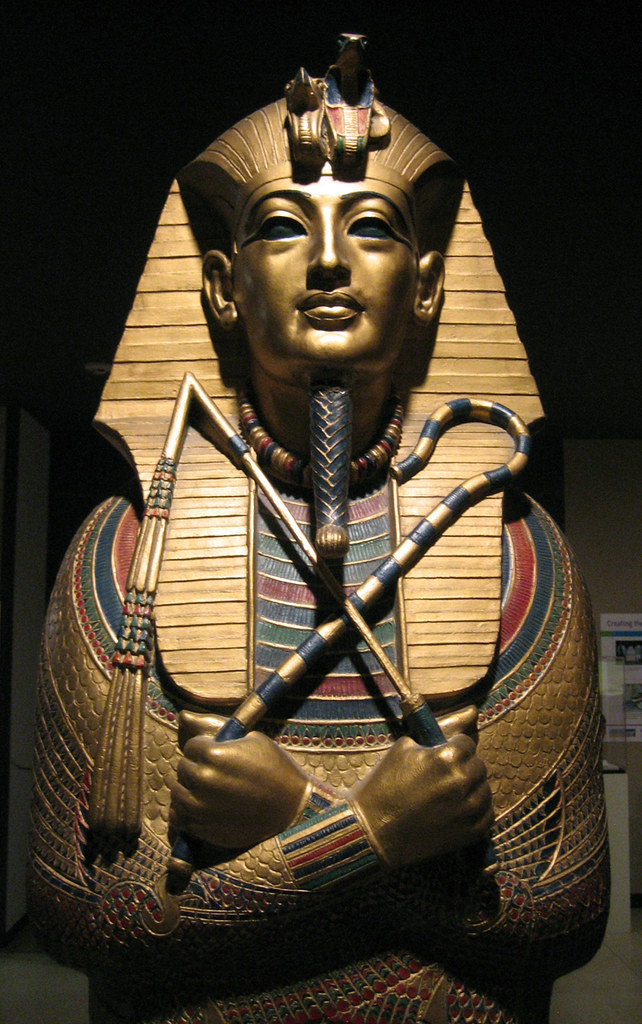
Image source: https://search.creativecommons.org/photos/93a2beb7-aba1-428c-83ca-fee32b89a5b7 by jparise
- Cleopatra VII:
She belongs to the Ptolemaic Dynasty during ancient Egypt. She was in rivalry with her brothers to ascend the throne. She made the civilization of Egypt one of the most influential and richest.
- Khufu:
Known as Cheops, he reigned over Egypt in the 4th Dynasty. His reign lasted 23 years.
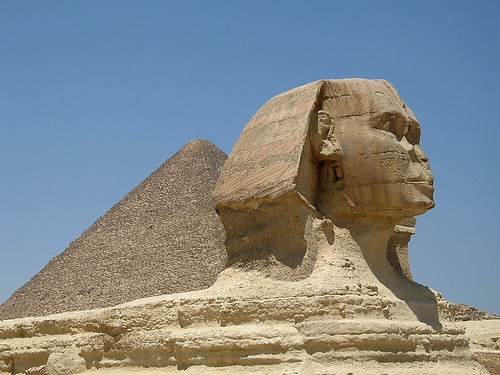
Image source: https://search.creativecommons.org/photos/2028507b-d50a-4e45-8b31-a67c4932c3a9 by RussellHarryLee
What are the pyramids?
The ancient Egyptians believed that their Pharaohs were semi-divine, chosen by the gods to act as intermediaries between the heavens and the earth and that their divine function continued after their earthly death, so it was appropriate to provide adequate care for the pharaoh’s spirit. On the death of the pharaoh, the body was mummified and buried along with significant possessions in burial chambers located inside the pyramids.
The first Egyptian kings were buried in mounds called mastabas. Around 2780 BC the first Egyptian pyramid was built as a burial chamber for King Djoser. Khufu is responsible for building the most famous of all the pyramids, the Great Pyramid at Giza.
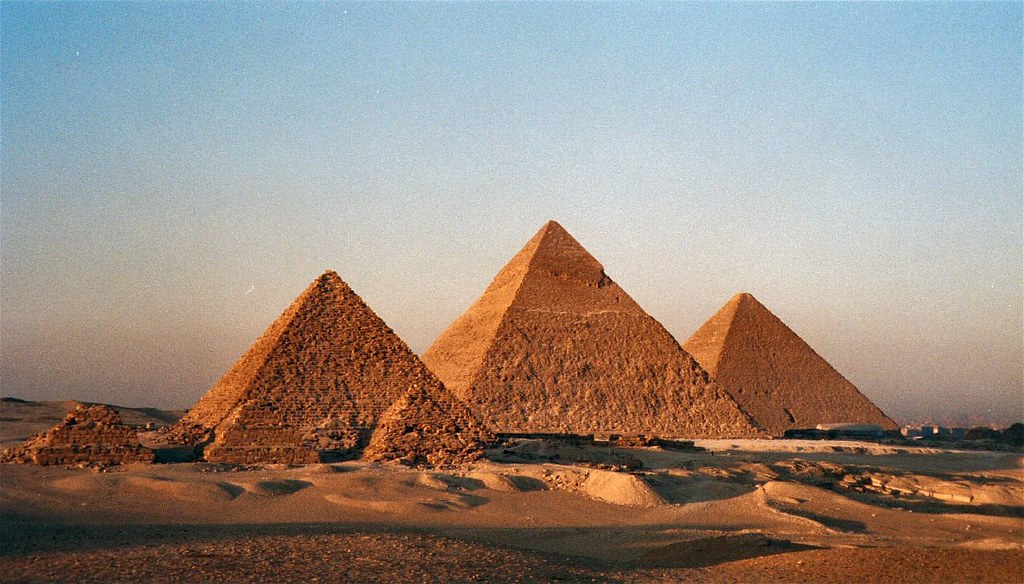
Image source: https://search.creativecommons.org/photos/cd2cda92-aa85-4c74-bee5-12a734349858 by Bruno Girin
What are the most important Egyptian inventions?
Papyrus and hieroglyphics were the most important Egyptian inventions.
Hieroglyphics were illustrated words used to write by the ancient Egyptians. They starting using this old form of writing as early as 3000 B.C. Hieroglyphs were a very complicated way of writing involving thousands of symbols, some of which represented sounds and others whole words.
In addition to writing on tablets or walls, the ancient Egyptians also wrote on papyrus a type of paper made from a tall reed-like plant called Papyrus. The strips of the inner stem of the plant were used to make the paper. Two layers of strips; one horizontal and the other vertical were covered with a linen cloth and pressed with a hammer or stones. In this way, the strips are bound to form a single flat sheet on which to write.

Image source: https://www.linkedin.com/pulse/20141115233301-311909184-the-enigma-of-the-tulli-papyrus-and-the-vatican
Egyptian Religion
From the Pre-Dynastic Period (c. 6000-c.3150 BCE) a belief in the gods has defined Egyptian culture. An ancient Egyptian creation myth tells that before the beginning of the times the god Atum was in the midst of swirling chaos. Atum was accompanied by spiritual forces that would animate the world, such as the eternal force of heka (magic), personified in the god Heka, who infused the universe with primordial force and made all things work; it also allowed for the central value of the Egyptian culture: ma’at, harmony, and balance.

Image source: https://search.creativecommons.org/photos/93b44a81-6db6-4b1f-a663-321bc1c2d17c by wbaiv

Image source: https://search.creativecommons.org/photos/b750079e-a3a9-4cd3-8964-75233a93d0e0 by Charlie Phillips
Ma’at was the goddess of the ostrich feather, to whom every king promised his full abilities and devotion. The king was associated with the god Horus in life and Osiris in death based on the most popular myth in Egyptian history. Osiris and his sister-wife Isis were the original monarchs who ruled the world and gave the people the gifts of civilization. Osiris’ brother, Set, became jealous and killed him, but was brought back to life by Isis who then gave birth to his son Horus. Osiris being incomplete, however, descended to rule the underworld while Horus, once grown, avenged his father and defeated Set.
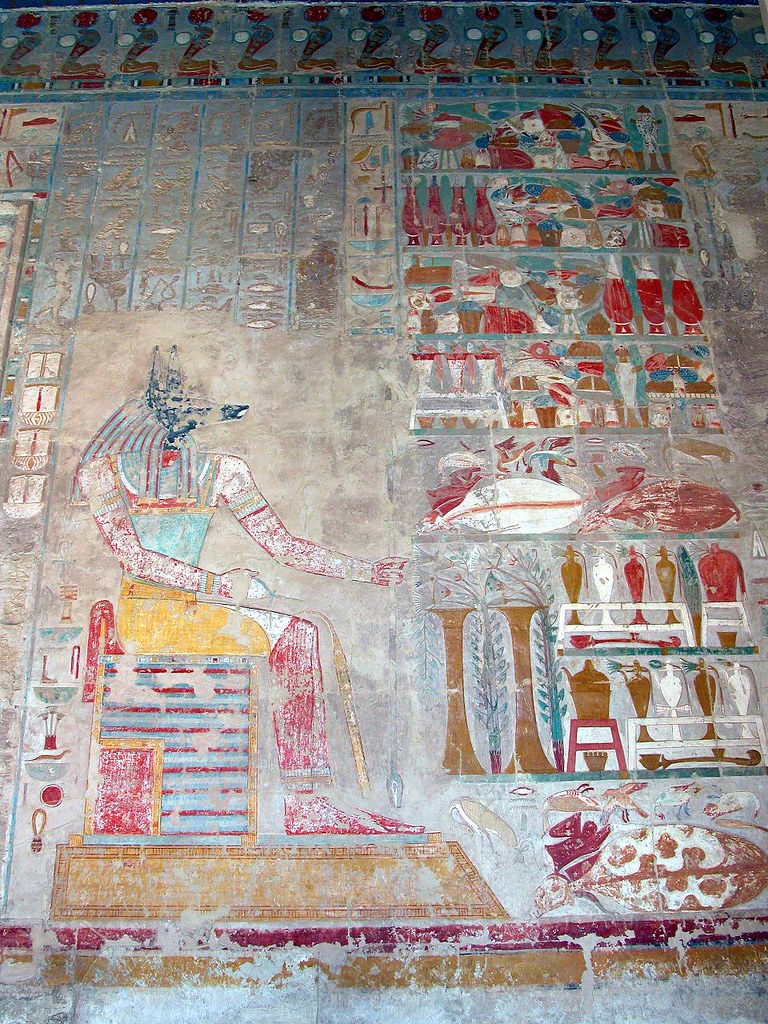
Image source: https://search.creativecommons.org/photos/b3688ad2-193f-47f0-ac44-b2ea86162fe8 by archer10 (Dennis)
Info sources:
http://www.history.com/topics/ancient-history/ancient-egypt
http://sciencing.com/silt-used-ancient-egypt-15974.html
http://www.topteny.com/top-10-most-famous-pharaoh-kings-in-the-ancient-history/
http://traveltips.usatoday.com/history-egypts-pyramids-11331.html
http://www.ducksters.com/history/ancient_egyptian_hieroglyphics.php
http://www.ancient.eu/egypt/ https://tripswiser.com/what-is-ancient-egypt/
